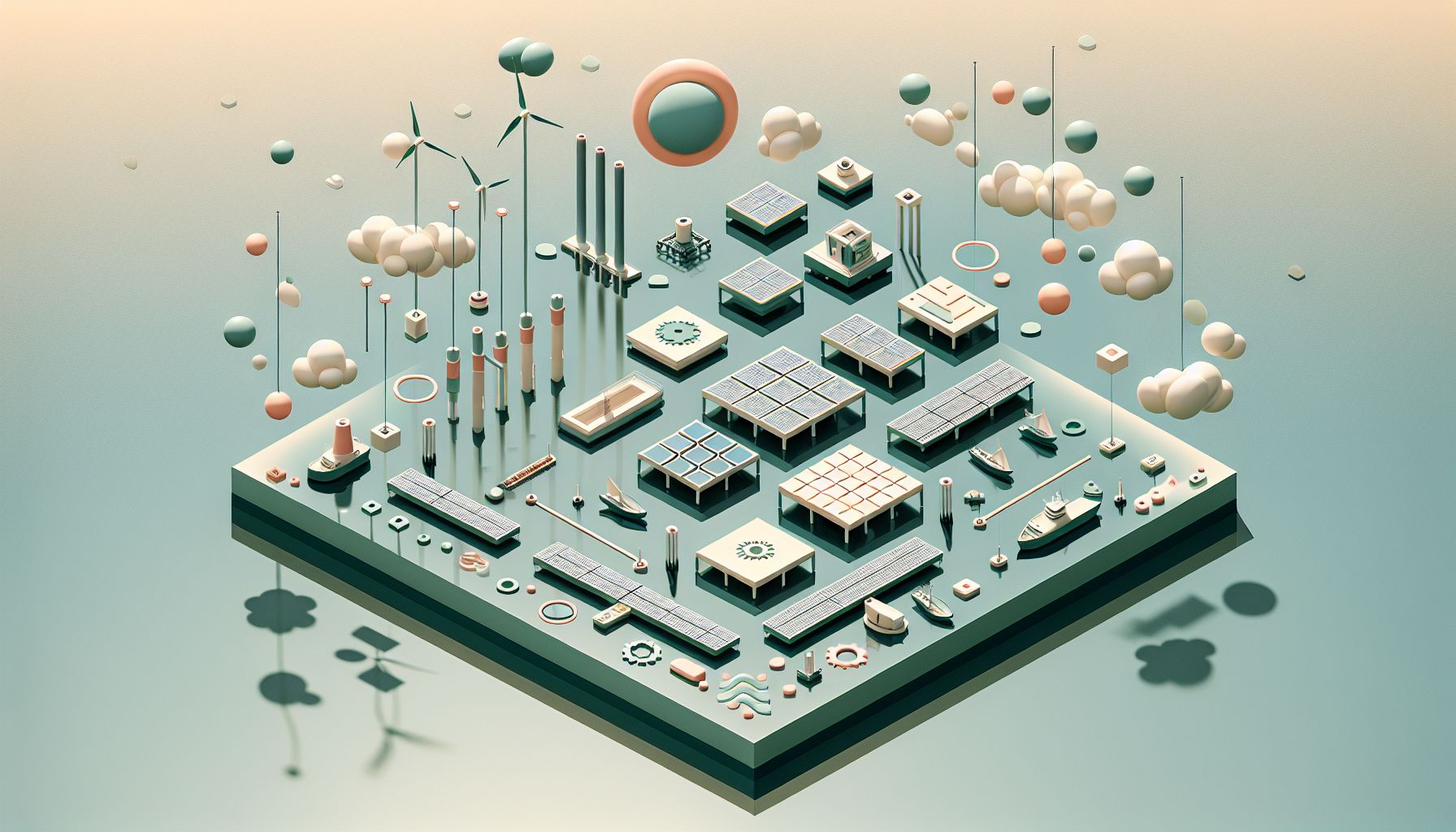Innovative Dutch startup enhances renewable energy with new floating solar technology

A Dutch startup’s novel floating solar technology could significantly boost sustainable energy, potentially expediting the Netherlands’ green transition.
A Leap in Clean Energy Generation
The innovative floating solar system, developed by a forward-thinking Dutch start-up, represents a substantial leap forward in clean energy generation. By utilizing water bodies as the foundation for solar panel installation, this technology circumvents the common hurdle of land scarcity, a significant barrier to expanding solar energy infrastructure. The Netherlands, with its extensive network of waterways, stands to benefit greatly from this system, which aligns with the nation’s commitment to sustainable energy practices and its aim to reduce reliance on fossil fuels.
Strategic Subsidies and Support
The deployment of such technologies is likely to be bolstered by governmental financial incentives. Reports indicate that the Dutch government is considering integrating floating solar projects into a new renewable energy park scheme, potentially offering additional subsidies [1]. Such strategic support not only underlines the importance of innovative renewable energy solutions but also reflects a broader shift in policy focus towards sustainable infrastructure development.
The Mechanics of Floating Solar Systems
Floating solar systems, also known as ‘floatovoltaics,’ are an emerging form of photovoltaic systems that are mounted on buoyant structures and placed on bodies of water. These installations have dual benefits: they generate clean electricity and simultaneously help to reduce water evaporation from the bodies of water they cover. This is particularly advantageous for arid regions or areas with high water usage demands. Moreover, the cooling effect of water can improve the efficiency of the solar panels, potentially increasing energy output compared to land-based systems.
Contributions to Global Sustainability Goals
The advancement of such technologies is in line with global efforts to transition towards more renewable energy sources. India, for example, is exploring the potential for floating solar parks and has recognized a potential of 280-300 GW of floating solar power. The growth in floating solar projects is expected to be a significant contributor to the country’s goal of achieving 500 GW of installed non-fossil capacity by 2030 [1]. The Dutch innovation could serve as a model for similar initiatives worldwide, helping other nations to harness their untapped renewable energy potential.
Impact on the Dutch Economy and Environment
Back in the Netherlands, the integration of this technology could also contribute to the nation’s economic growth. The Dutch government’s allocation of €100 million for battery pilots at solar parks highlights the willingness to invest in renewable energy [2]. The investment in floating solar technology could not only lead to a cleaner energy mix but also spur job creation and technological advancements within the country.

